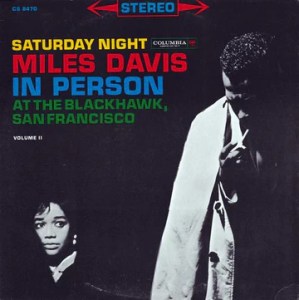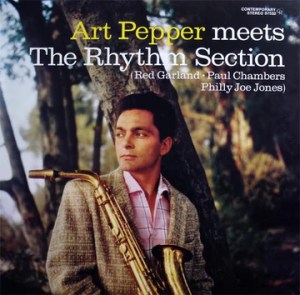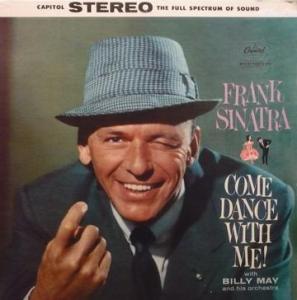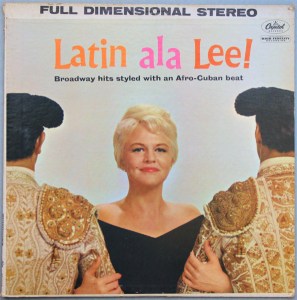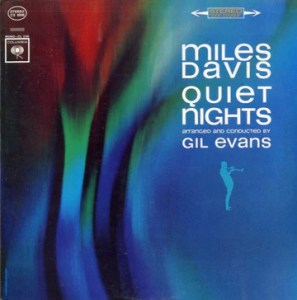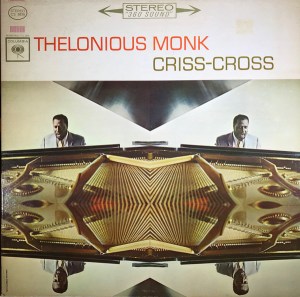More Jazz Recordings of Interest
More Large Group Jazz Recordings
- Hobo Flats is back on the site for only the second time in close to three years, here with solid Double Plus (A++) sound throughout this original Stereo Verve pressing – exceptionally quiet vinyl too
- Both sides are wonderfully big, rich and lively, with boatloads of Tubey Magic and the kind of three-dimensional space that’s a hallmark of Bob Simpson‘s engineering
- “Smith bubbles and bounces through all of it at the B-3 while Nelson proceeds to fill every available corner with huge, sweeping orchestral washes and crescendos. The clear highlight, though, is the lead and title track, ‘Hobo Flats,’ which moves at a languid but wonderfully funky pace and establishes a groove as wide as the Mississippi River.”
Both sides of this very special early stereo pressing are huge, rich, tubey and clear. As soon as the band got going we knew that this was absolutely the right sound for this music.
In the past we’ve complained about “echo-drenched brass” on some of these Oliver Nelson / Jimmy Smith collaborations, but on a killer copy such as this there is nothing to complain about. If you have a top quality front end (and the kind of system that goes with it), this recording will be amazingly spacious, three-dimensional, transparent, dynamic, and open.

